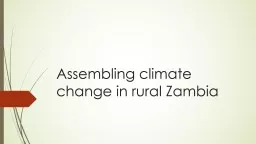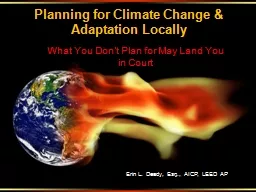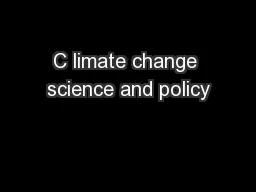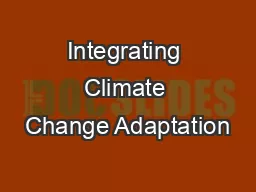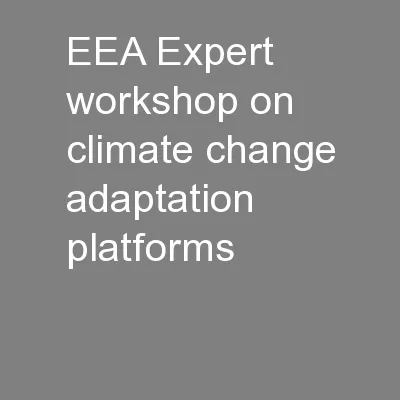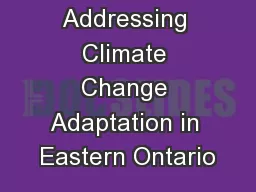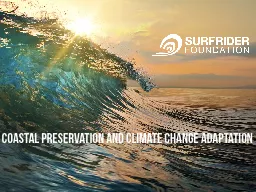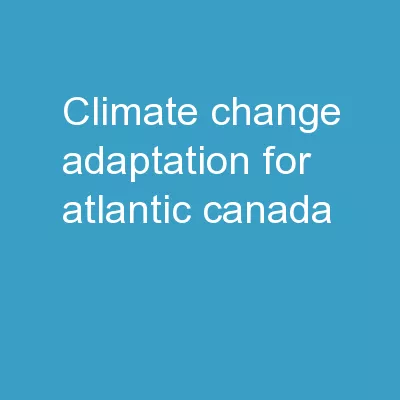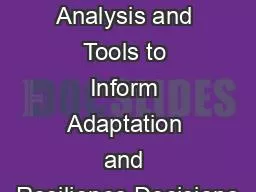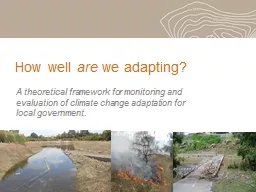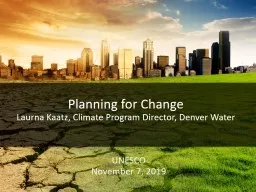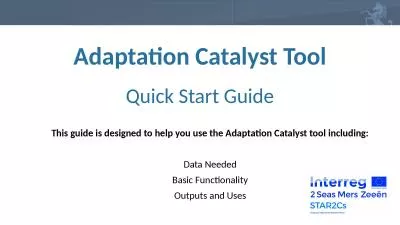PPT-C limate change adaptation interventions
Author : basidell | Published Date : 2020-10-22
and natural resource conflicts the case of Zambia Mikkel Funder Carol Mweemba Imasiku Nyambe Climate change and conflict The climate change and conflict
Presentation Embed Code
Download Presentation
Download Presentation The PPT/PDF document "C limate change adaptation interventio..." is the property of its rightful owner. Permission is granted to download and print the materials on this website for personal, non-commercial use only, and to display it on your personal computer provided you do not modify the materials and that you retain all copyright notices contained in the materials. By downloading content from our website, you accept the terms of this agreement.
C limate change adaptation interventions: Transcript
Download Rules Of Document
"C limate change adaptation interventions"The content belongs to its owner. You may download and print it for personal use, without modification, and keep all copyright notices. By downloading, you agree to these terms.
Related Documents

